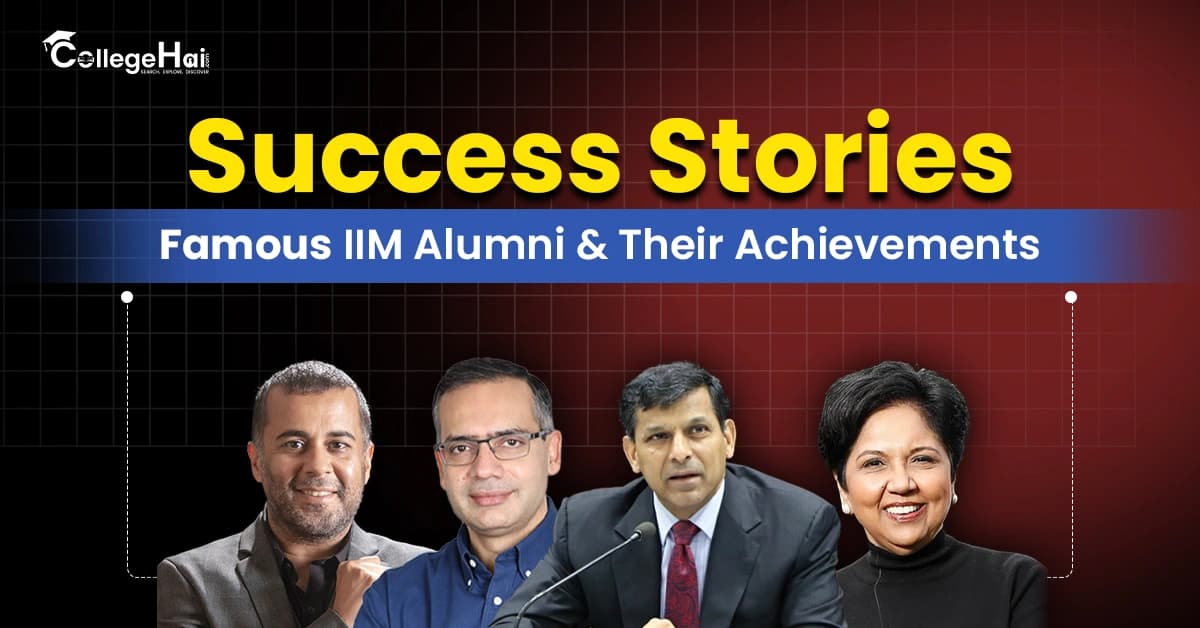It’s hardly ever a yes/no situation whether to start (or keep) a job or sign up for an MBA program. Nevertheless, the choice will influence your career path to a great extent. The impact of various factors on the decision in 2026 is such that we have a recovering job market, changing recruiter preferences, acceptance of hybrid/online degrees, and continuing pressure on program costs and employer sponsorship. The presented guide offers a hands-on framework for you to make the right choice.
The 2026 Context: What’s Changed
The need for MBAs has quite quickly rebounded. The latest surveys among recruiters reveal more employers planning to raise MBA recruiting than in 2024-25. So, that lifts graduate prospects in comparison with the period immediately after the pandemic, which was largely a slump.
Along with the general trend of EMBA graduates and those of extremely reputable MBA programs staying at the top of the salary ladder, we see more and more divergent outcomes across program types (on-campus, online, executive). Employers are also very selective in terms of experience levels.
The hybrid and online MBAs are long gone from their dubious beginnings and now hold a very solid position as an alternative to the traditional full-time MBA for working professionals; however, schools are introducing face-to-face networking opportunities to overcome employer scepticism.
Evaluating the Job vs MBA Dilemma

The central question isn’t simply “Which is better?” but “Which is better for you , right now?” Both paths can be powerful career accelerators if timed and executed correctly. In 2026, the calculus is shifting toward skill specialization, ROI consciousness, and career flexibility. Let’s break this down.
Career Trajectory and Timing
If you’re early in your career (0–3 years of experience), jumping straight into an MBA may not unlock its full potential. Recruiters today value pre-MBA work experience as a measure of leadership readiness. A few years in the workforce gives you real-world context to better appreciate case studies, business strategy, and networking opportunities.
On the other hand, if you have reached a plateau or think that your functional role does not have the potential for growth, an MBA might be a way to strategically reposition yourself. A career change, progression to management, as well as a move into consulting and product roles are the most frequent ways by which mid-level professionals (4–8 years of experience) utilize it.
Financial ROI and Opportunity Cost
One of the biggest shifts in 2026 is the financial calculus. Average MBA program fees in India and abroad have risen by 15–20% since 2023, while post-MBA salaries are rising more modestly.
However, hybrid and online MBAs have redefined the ROI story; they’re significantly more affordable (up to 60% cheaper than traditional programs) and allow you to keep earning while studying.
Thumb Rule: If your projected post-MBA salary increase doesn’t at least double your pre-MBA earnings within 3–4 years, it might be wiser to continue working or explore part-time/hybrid routes.
Industry Trends and Recruiter Mindset
By 2026, employers will be much less concerned about the degree itself and more interested in what the degree holder is capable of. The positions related to analytics, digital transformation, sustainability, and strategy consulting skill-wise are the ones that the MBA graduates can leverage.
However, tech, product management, and operations often prioritize hands-on experience. In these industries, a few certifications (like Project Management, AI strategy, or digital operations) might bring faster career returns than a two-year MBA break.
The Rise of the “Smart Hybrid Path”
One of the biggest developments since 2024 is the “work-and-learn” approach. Professionals now blend part-time MBAs, online global programs (like ISB’s PGPpro or IU Germany’s hybrid MBAs), and company-sponsored upskilling.
This hybrid model reduces opportunity cost and at the same time, allows you to have access to top-notch faculty and peer networks. If your organization is encouraging you through tuition reimbursement or flexible work arrangements, then this could be the perfect balance of learning and earning.
Personal and Professional Readiness
Ask yourself:
Did I ever reach a plateau of learning at work?
Do I really know what I want from an MBA: to change the field I work in, to increase my salary or to get the trust and respect of the leadership?
Am I able to bear the financial and emotional burdens for 18–24 months?
Is my motivation coming from inside of me (personal development) or from outside (pressure from the people or status)?
If you can answer these honestly, the right path often reveals itself. Remember, an MBA isn’t a guarantee of success but rather an amplifier of what you bring to the table.
The Job Route: Staying, Growing, and Evolving
Choosing to stick with your job doesn’t mean you’re “settling”. The post-pandemic market in 2026 rewards micro-learning, domain expertise, and managerial adaptability. Online platforms (like Coursera, Emeritus, and edX) offer specialized executive programs from Wharton, IIMs, and LBS for a fraction of the MBA cost.
You could build leadership credibility by:
Taking stretch assignments or managing small teams.
Pursuing certifications (Project Management, Product Leadership, Data Strategy).
Engaging in cross-functional projects that build strategic exposure.
This path is ideal if your organization supports growth and you can achieve visibility without leaving the workforce.
The MBA Route: Transformational but Demanding
The best candidates in 2026 are approaching MBA programs strategically, treating them as career design platforms rather than degrees for prestige. An MBA, especially from a top-tier institute, can be transformative. It opens access to:
High-paying roles in consulting, finance, and strategy.
A global alumni network that can open doors for decades.
A structured break to reset your career direction.
Yet, it also comes with:
Significant financial pressure.
Intense competition post-graduation.
Potential uncertainty if you’re not clear about post-MBA goals.
A Quick Snapshot: Job vs MBA in 2026
Final Verdict: The Decision Framework
If you’re…
Early career (0–3 years): Work first. Build clarity and save capital. Consider an MBA later or part-time.
Mid-career (4–8 years): Evaluate ROI and goals. A reputed full-time or hybrid MBA may accelerate your leadership transition.
Senior professional (8+ years): Opt for Executive or Online MBA formats that complement your trajectory without pausing your income.
The best strategy for 2026 is not to choose one over the other, but to sequence them smartly. Work experience builds depth; an MBA adds breadth. Combine both strategically to future-proof your career.
Conclusion
Deciding whether to take a job or pursue an MBA in 2026 is largely a matter of personal preference rather than keeping up with trends. The world economy supports professionals who are adaptable, have cross-disciplinary skills, and are continuous learners, irrespective of whether the learning is through formal education or work.
So, before you make the leap, build a 3-year vision for your career. Map out your skills, gaps, finances, and industry trends. Then ask yourself one question:
“Will this decision expand my possibilities or just change my title?”
Your answer, not anyone else’s, will guide the right choice.
About the Author

Content Writer



